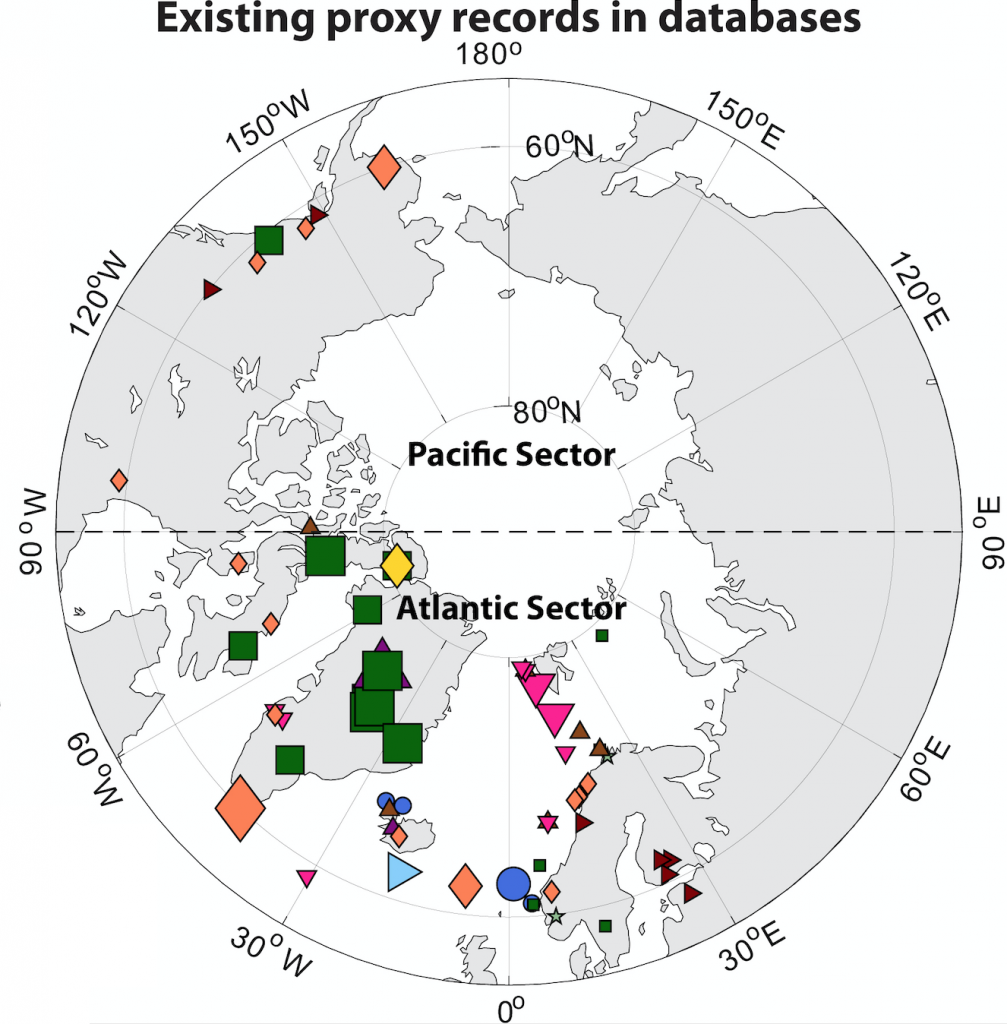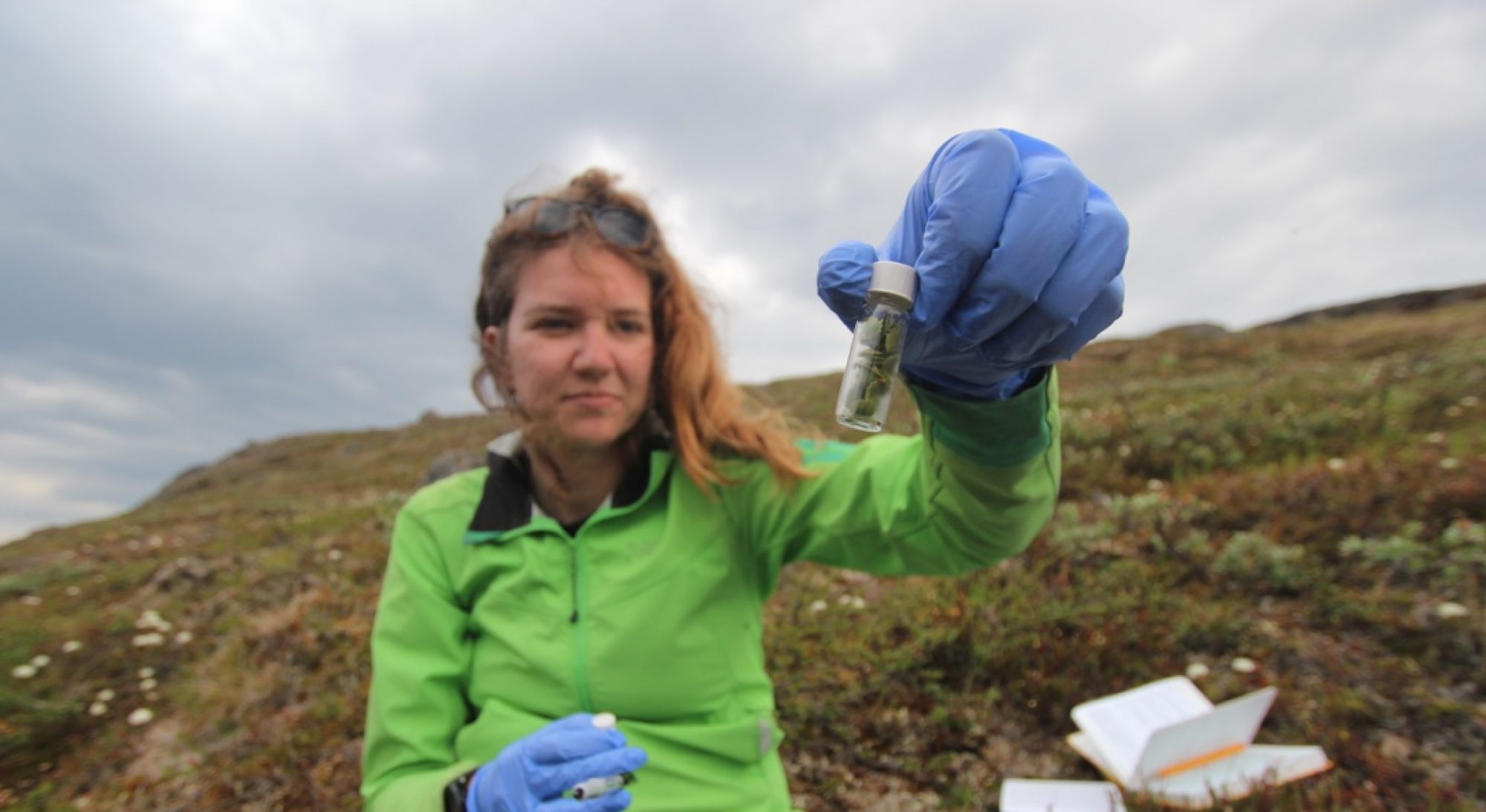
The Rapid Arctic Warming (RAW) Project is funded by the NSF Arctic System Science program. This project, starting in fall 2020, aims to better understand the feedbacks, patterns, and processes associated with rapid warming in the Arctic. Our team is led by Dr. Elizabeth Thomas at the University at Buffalo and Drs. Nick McKay, Michael Erb, and Darrell Kaufman at Northern Arizona University. We’re tackling this project with a range of tools, including generating new high-resolution paleoclimate records, in Arctic regions that have major data gaps, compiling and analyzing existing paleoclimate records, and examining climate models. We’re excited to work with undergraduate and graduate researchers to conduct this project. We’re recruiting one more team member (PhD student or postdoc) to start in summer or fall 2022, contact us if you’d like to join our team: ekthomas@buffalo.edu or Nicholas.McKay@nau.edu
We’re collaborating with several researchers:
Providing lake sediment samples: Dr. Scott Lamoureux (Queens University, Canada), Dr. Martin Melles (University of Cologne, Germany), and Dr. John Inge Svendsen (University of Bergen, Norway)
Helping with analyses: Dr. Scott Anderson (Northern Arizona University) and Dr. Isla Castañeda (University of Massachusetts Amherst)
Providing climate model output: Dr. Zhengyu Liu (The Ohio State University), Dr Clay Tabor (University of Connecticut), and Dr. Paul Valdes (University of Bristol)
Providing outreach tools: Dr. Nick Henshue (University at Buffalo) and Margie Turrin (Lamont-Doherty Earth Observatory)
Some more details about the project:
The rate at which the Arctic has warmed during the past 50 years is likely faster than anytime during the past 7000 years, and temperatures will likely continue to rise during the coming centuries. This research will use geological evidence and model simulations to study the Arctic system’s response to past warming events that had similar rate and duration to that of modern global warming. This project will provide detailed insights into the temperature and ocean-atmosphere circulation changes associated with abrupt warming events in the Arctic, thus providing a better understanding of the potential response to future warming, a key challenge facing society. Through outreach efforts, this project will connect K–12 students in underserved communities to higher-education opportunities. This project will support multiple graduate and undergraduate students, a tenure-track professor as she leads this multi-investigator project, and a research professor in his early career. Finally, the database and model output generated from this project will be made publicly available in community-standard formats and archives, thus accelerating advances in climate science beyond the life of this project.
This study focuses on the feedbacks and processes that determine the interactions of multiple components of the Arctic system as they have undergone rapid warming during the recent deglacial period: sea ice, coupled ocean and atmosphere, and terrestrial Arctic climate. This project will test the hypothesis that during past abrupt warming events, Arctic temperature and moisture changes exhibit a common spatial pattern, strongly controlled by proximity to sea-ice changes and paths of moisture transport. The researchers will employ a three-pronged approach: (1) Quantify the climate response to three periods of abrupt warming (14,500; 11,700; and 8,000 years ago) by generating new paleoclimate data — specifically new hydroclimate inferences based on compound-specific isotopes and more accurate chronological control based on a large number of new radiocarbon ages — using existing lake sediment cores from sites that fill major data gaps. (2) Reconstruct the spatiotemporal pattern associated with these abrupt warming events using an updated Arctic-wide paleoclimate database. And (3) Compare the paleoclimate database with existing and new global climate simulations, including those using state-of-the-art isotope-enabled models to assess mechanistic links between components of the Arctic and global climate system during abrupt warming.
